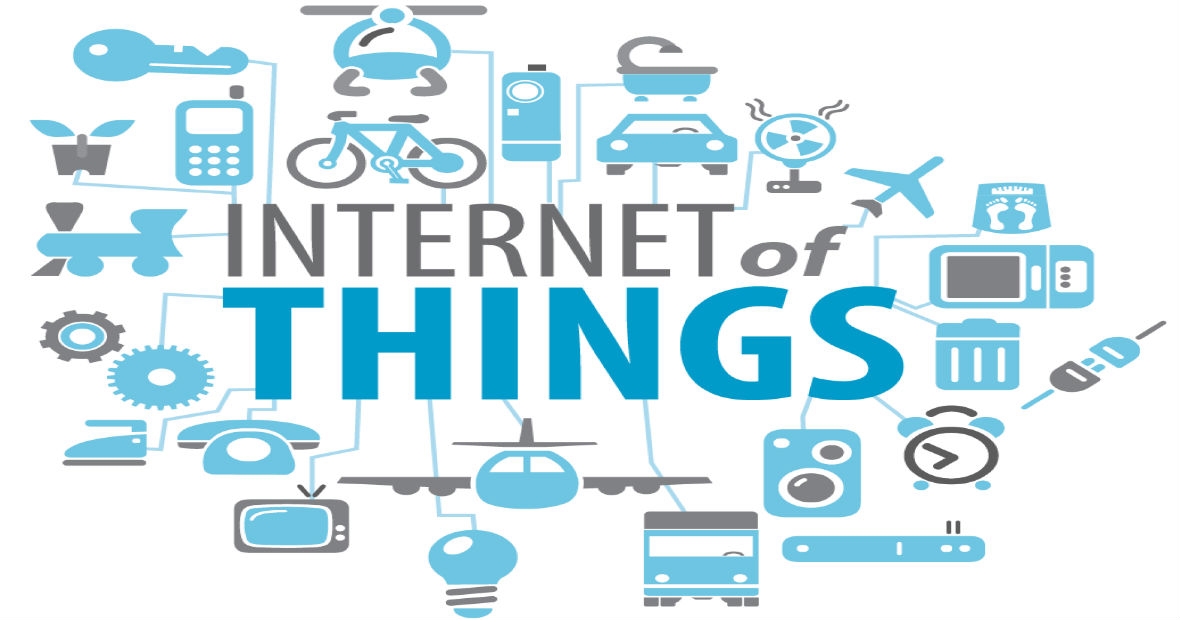The IoT concept articulates a technological expectation of where devices, systems and services will have an advanced connectivity. More than just a machine-to-machine (M2M) communication, the connectivity will provide for a new paradigm of technological capability.
In this video published by IBM, the narrator explains how when the check engine light flashes in the car that’s being driven by “Rebecca”, IoT technology will allow for Rebecca to have her car checked at the closest mechanic, using her warranty cover and with the parts to repair the car ordered and delivered to the mechanic before she arrives. Furthermore, as the data will also be sent to the manufacturer, the manufacturer will be able to identify if this problem is irregular or occurs systemically across many models of cars, thereby identifying and addressing the problem so that improved later versions of the vehicle can be built.
As IoT has been increasingly picking up steam over the past couple of years, high-tech innovations from outside the automotive world are emerging with a lot of interesting and significant changes that will evolutionise the automotive industry. Software developers are creating a host of applications with the potential for enormous value. Many of the new entrants, startups and VC investments that are entering the field, are focused on multiple sensors embedded within the vehicle. By placing the corresponding technology into wearables, phones, home gadgets or even agricultural infrastructure, vehicles will be able to communicate with other equipment. Just some of the benefits to develop from this could be the ability to avoid collisions, identify what you need for you supermarket shopping and place an order, or have your aircon turn on before you arrive home. This capability has lead to the invent of the V2X, where vehicles (V) are able to communicate (2) with either other vehicles or other devices (X).





